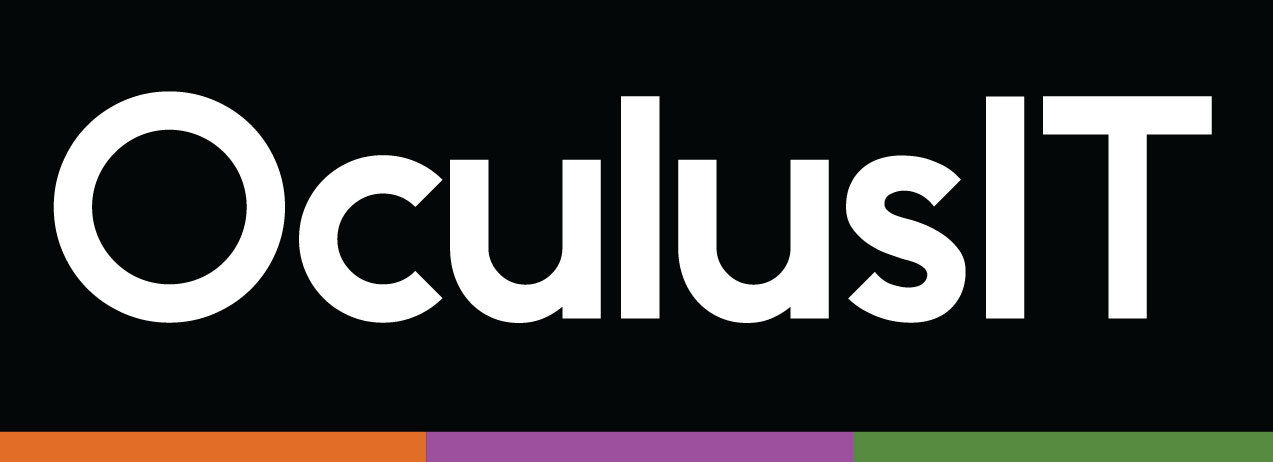
Navigating Compliance in Higher Education Cybersecurity: Regulations and Standards
May 31, 2023
From safeguarding student privacy to fortifying research endeavors, compliance with cybersecurity regulations and standards is the anchor that holds higher education institutions steady in the face of cyber threats.
These can include but are not limited to the Family Educational Rights and Privacy Act (FERPA), which safeguards student records and restricts their disclosure; the Health Insurance Portability and Accountability Act (HIPAA), which applies to institutions that handle student health information; the Payment Card Industry Data Security Standard (PCI DSS), ensuring secure handling of credit card information; the GDPR, applicable to institutions handling personal data of individuals including GLBA i.e. involving measures like risk assessments, data encryption, access controls, and employee training to protect sensitive financial information.
From legislative requirements to industry standards, the path to compliance in higher education cybersecurity can be intricate. In this post, we review the critical steps to maintaining compliance with these regulations and standards that shape the cybersecurity landscape, empowering institutions to navigate the waters with finesse:
- Identify and understand applicable regulations: Begin by identifying and comprehending the applicable regulations and requirements to your higher ed institution. FERPA, HIPAA, PCI DSS, GDPR, and GLBA are examples of some regulations, including the industry standards like the NIST Cybersecurity Framework and HEISC standards. In addition to this, examine the particular requirements and obligations mentioned in these regulations.
- Perform a risk assessment: Conduct a comprehensive review of your institution’s cybersecurity threats. Determine possible vulnerabilities, assess the impact of security events, and prioritize risks based on likelihood and probable repercussions.
- The making of policies: Establish comprehensive cybersecurity policies and procedures that align with the applicable regulations and standards. These policies should address data protection, access controls, incident response, employee training, and vendor management. Ensure that the policies are clear, accessible, and regularly updated to reflect changing compliance requirements.
- Put technical controls in place: Implement suitable technical measures to safeguard sensitive data and reduce cybersecurity threats. Firewalls, encryption, intrusion detection systems, and vulnerability management are examples of such safeguards. Follow industry best practices and make sure your technological controls meet the criteria indicated in laws and standards.
- Fostering a culture of cybersecurity: To establish a coordinated approach to cybersecurity compliance, collaboration with key stakeholders within the institution, including IT departments, administrators, legal counsel, and academics is a must. Encourage a culture of cybersecurity awareness and education among employees, students, and other system users at the institution.
- Staying Updated: Maintain an awareness of the changing regulatory landscape and emerging cybersecurity risks. Review and update your policies and processes on a regular basis to reflect changes in rules or standards of practice. Stay up to date on the newest trends and solutions in higher education cybersecurity by participating in industry associations, conferences, and forums.
- Focus on continuous improvement: Cybersecurity threats are ever-changing. To guarantee consistent compliance, continuously assess your institution’s cybersecurity posture and conduct frequent audits. This might involve frequent security audits, pen testing, fixing software vulnerabilities, upgrading software, and so on.
Is your institution ready to navigate compliance in higher education cybersecurity with confidence? Let our team of experts guide you on your journey to a secure and compliant institution. Contact us today!
Recent Articles
























